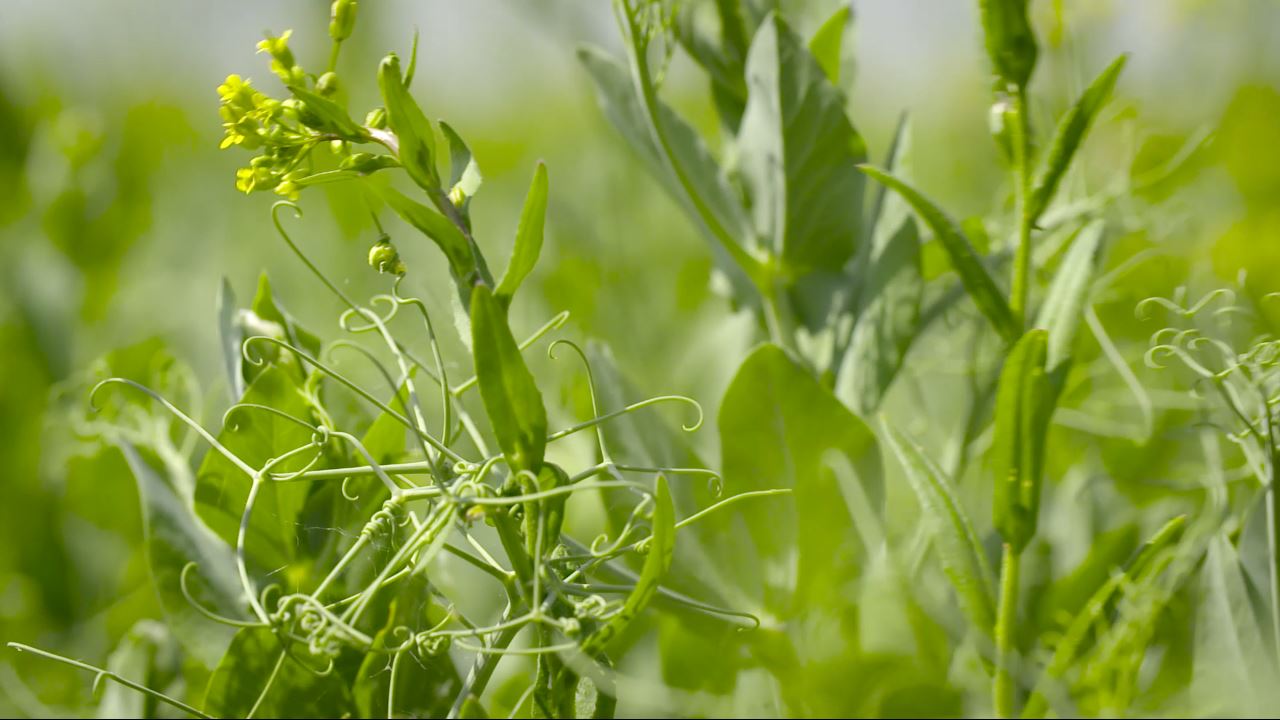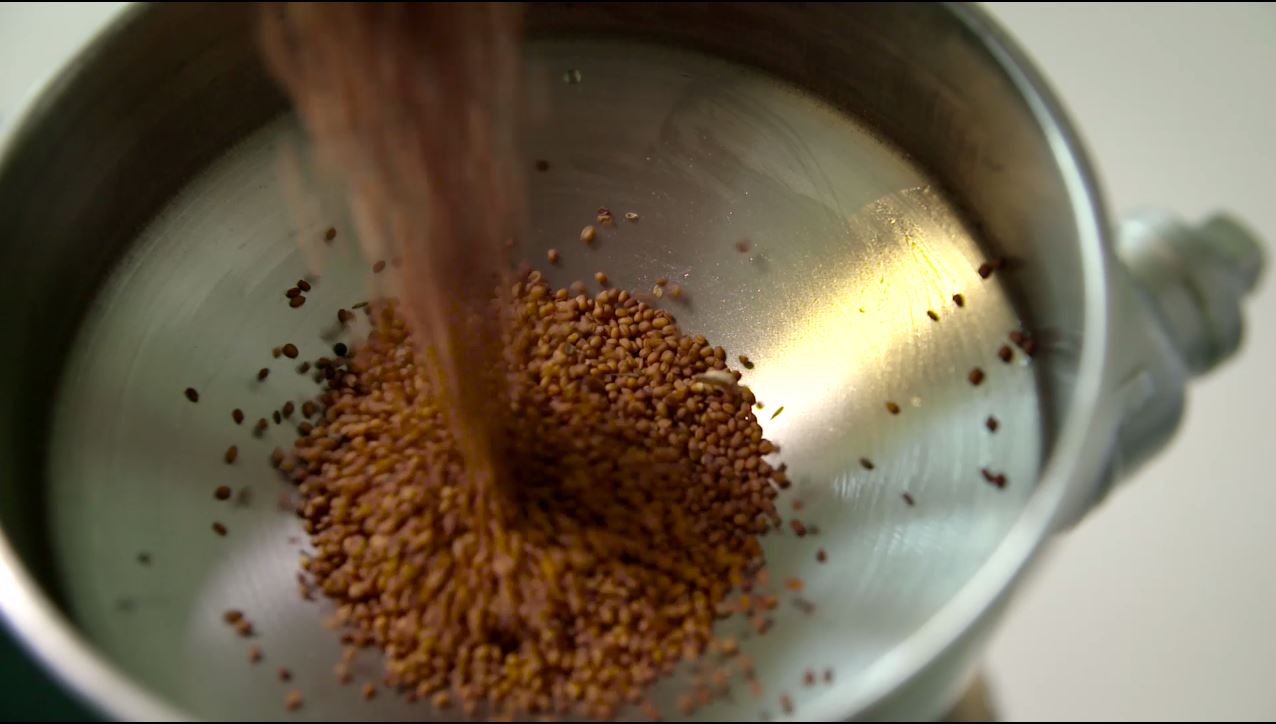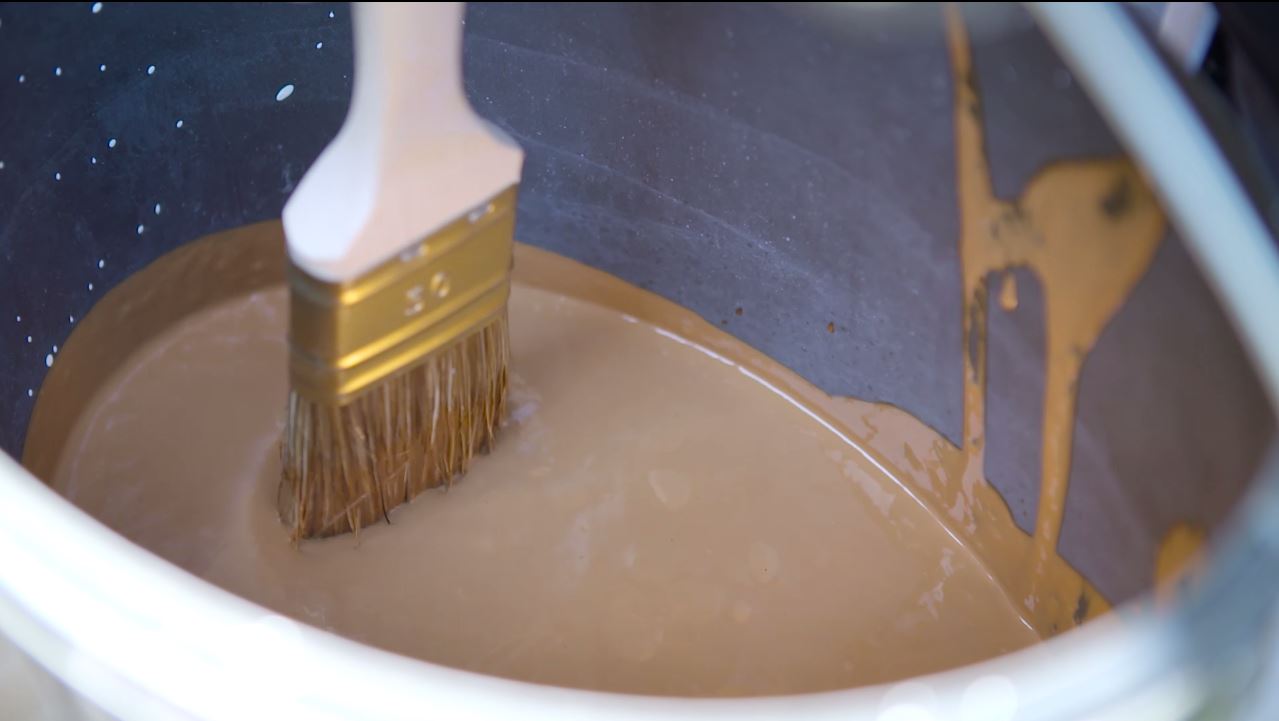
Sustainable wood finishing products based on camelina
DAW has a long tradition of introducing innovative, sustainable products to the market, and thus became a trendsetter for the entire industry. For example, as early as 1985, DAW launched one of the world's first emission- and solvent-free interior paints, which supported the change towards environmentally and health-oriented paints and coatings.
Today, DAW is committed to a raw material-efficient economy based on renewable resources. An important building block for this is the use of renewable raw materials. Especially for the longevity and value retention of woods, their protection and regular care play a major role. For this purpose, DAW has developed high-quality glazes and wood oils based on a particularly sustainable raw material: The camelina plant.
Camelina cultivation: mixed crop and second crop
Mixed cropping of camelina offers an ecological plus, as it is grown together with pea plants and thus does not compete with food production. On the contrary, mixed cropping increases the total yield of the area and strengthens the ecosystem.
In second-crop cultivation, camelina is spread later in the year on land that has already been harvested. Thanks to the rapid maturation of camelina, land that would otherwise not be worth cultivating becomes usable, and pollinators benefit from an increased food supply.
- Today, camelina is so rare that it is on the Red List of endangered native crops in Germany.
- Camelina increases biodiversity and provides food for endangered insect species because, in both mixed and second-crop farming, it flowers at a time when the flower supply of conventional agriculture is low.
- Camelina suppresses weeds and therefore, allows for less use of pesticides.
DAW is expanding its range of sustainable products with the high-quality wood finishing products based on camelina oil.











